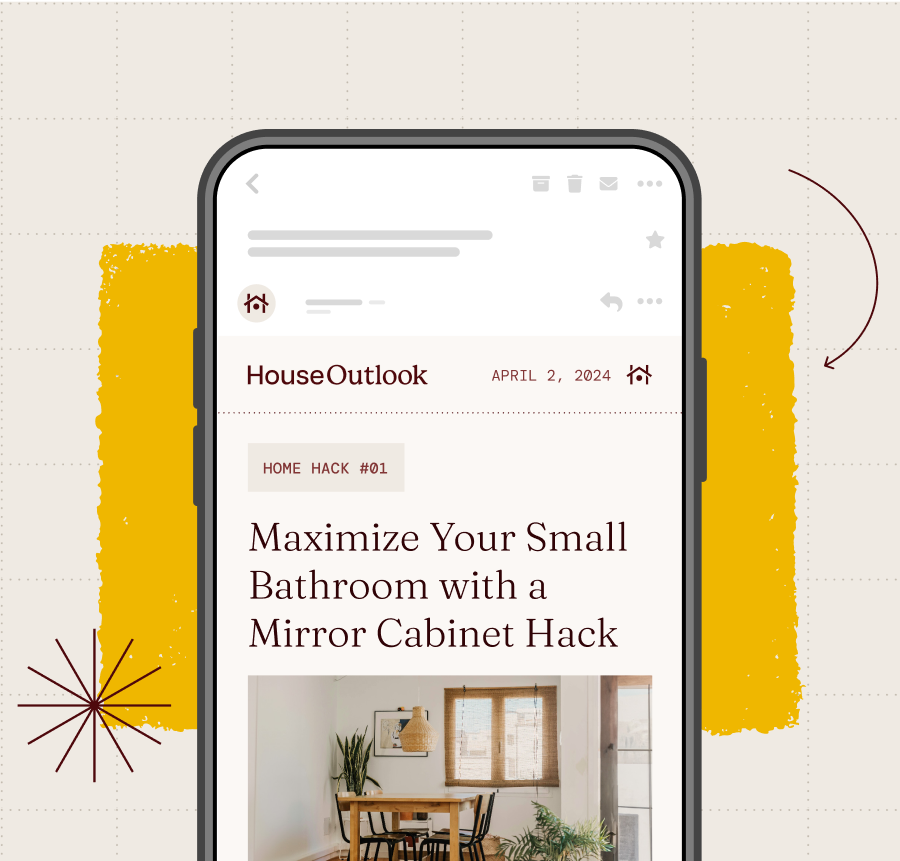Traveling and plant parenting don’t typically mix. But with a few tips and tricks, you can ensure your plants stay healthy and happy while you’re on vacation — even if you’re gone for weeks at a time.
The key to taking care of your plants while traveling is to plan ahead. While your houseplants can last without nutrients when you’re away, they still need water to survive. For some plants, you can opt for accessories such as water globes, self-watering spikes, ollas, and watering wicks. For others, you can try something called the bathtub method.
This method requires a little bit of planning but is one of the best ways to water plants while you’re out of town. And according to Jacintha Webster, a plant expert and creator of Pass That Plant, you can leave plants for upwards of 25 days with this self-watering trick.
How To Care for Plants While on Vacation
The bathtub method is a type of bottom watering that nourishes multiple plants simultaneously and creates an environment where they won’t just survive, but thrive. Simply fill your bathtub with 2 to 3 inches of water and use a trusty drain stopper to keep it filled (for reinforcement, you can try a silicone suction stopper over top). Then, place your plants in the bathtub as close together as possible so they can bottom feed and share the moisture they naturally release into the air. This hack is just as effective with only a couple of plants, but if you have a growing collection, don’t be afraid to pack them in there.
To ensure this plant hack works best, check that all of your plant pots have a drainage hole so the water can get in (it’s also worth removing any drainage trays). If you have plants that are prone to root rot — think cacti, succulents, snake plants, ferns, pothos, and peace lilies — it’s best to leave those out of the bath. Instead, utilize a different plant self-watering method, such as water globes or ollas. Also, make sure your bathroom receives enough sunlight, as that’s how your plants make food and get the energy they need.











